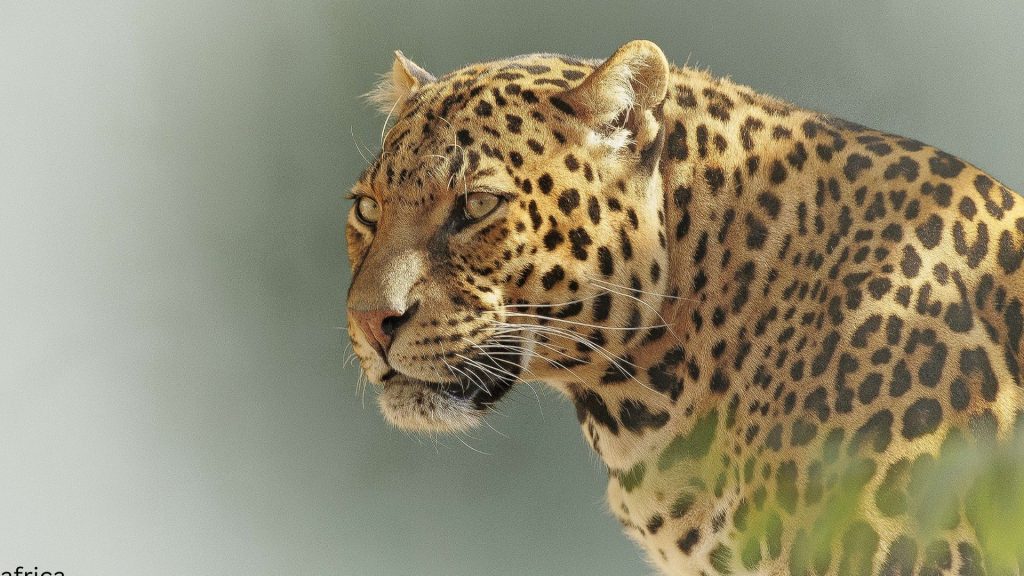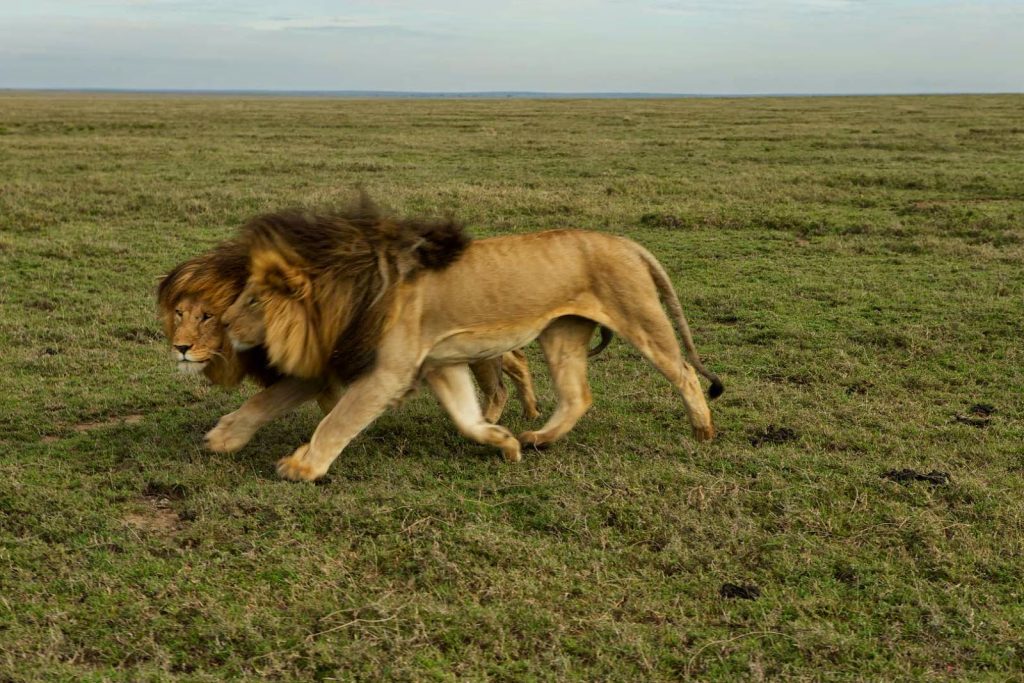Amazing 10 Big Five Facts
Home » Amazing 10 Big Five Facts
Amazing 10 Big Five Facts
About The Big Five Animals in Tanzania, the term “Big Five” originally referred to the difficulty in hunting the Lion, Leopard, Rhino, elephant, and African buffalo. These five large African mammal species were known to be dangerous and it was considered a feat by trophy hunters to bring them home.
Today, however, the expression takes on a gentler form, referring to seeing the Big Five not shooting them during wildlife safaris on the African continent.
What are the Big Five?
The term “Big Five” has been commonly used for a long time but has a less pleasant background. It used to be very popular among hunters to shoot an animal from the Big Five. These would be the animals that are the most difficult to hunt. Fortunately, today these animals are not hunted anymore and we only shot beautiful photographs of them with a camera.
Many tourists who come to Tanzania, have the goal to take home a lot of beautiful photos of each Big Five animal as a memory.
Why Tanzania is the best destination to see the Big Five?
Each animal lives in a certain environment. While in many other African countries, it is hard work to spot wildlife, it is somehow “easier” in Tanzania. This is because the concentration of wild animals in Tanzania is very high. Nature is still untouched and the conditions that the animals need are nowhere as good as in Tanzania. Your safari guide can tell you more about this during your safari.
Which animals are in the Big Five?
- Lion
- Leopard
- Elephant
- Rhino
- Buffalo
Amazing 10 Big Five Facts are as follows;
No. 1: Lion
The lion is perhaps the most popular animal of the Big 5. You can find lions in groups of up to 25 individuals. You can find the lions in the following Tanzanian national parks: Tarangire, Lake Manyara, Ngorongoro, and Serengeti. The latter is the most famous national park in the world and is regarded as the best place to spot lions. Here you will find the highest concentration of big cats in the world. Big cats include the leopard, Lion, and the Cheetah.
No. 2: Leopard
A leopard is one of the more difficult Big Five animals to spot. They mostly sit in trees and often hunt either in the early morning or evening. When they have caught their prey, they take it up a tree. Many confuse a leopard with a cheetah, however, a cheetah is smaller and slimmer. Also, a cheetah cannot climb a tree, because they have no claws. You can spot leopards in the same national parks as lions.
No. 3: Elephant
The Elephant is a member of the Big Five that you can hardly miss in Tanzania. There are a lot of elephants in Tanzania. The best national park to spot the elephant is Tarangire National Park. Here you can sometimes spot over a hundred elephants at once at the Tarangire River. Fortunately, the elephant population has grown in Tanzania over recent years. This is because illegal hunters are currently severely punished.
No. 4: Rhino
The rhinoceros is the most difficult to spot. It is an endangered species and therefore very rarely seen. Rhinos can be found in both Serengeti National Park and the Ngorongoro Crater. Our customers get to see the rhino more regularly in the crater and the population is also growing in numbers at the moment. This has to do with the fact that the market for ivory has been curbed so that the rhino is hunted less often.
No. 5: Buffalo
The buffalo is a member of the Big Five that is easy to spot. It can be found in all Tanzanian national parks. Buffalos live in large groups. They are very strong animals but are also herbivores and only eat grass.
Would you like to see The Big Five Animals in Tanzania after reading this? View our most fantastic Tanzania Safaris.
Amazing 10 Big Five Facts
1. Buffalo’s primary predator is the lion. Buffalo will try to rescue another member who has been caught. They have been observed killing a lion after it has killed a member of the group.
2. Leopards are excellent at climbing trees. They’ll often safeguard their kill in a tree to prevent lions and hyenas from stealing it. They are also strong swimmers and occasionally eat fish and crabs.
3. African elephants communicate across large distances at a low frequency that cannot be heard by humans.
4. Rhinos have poor vision and will sometimes attack trees and rocks by accident. However, their hearing and sense of smell are excellent, thus often making up for their poor eyesight.
5. The African buffalo is not believed to be closely related to the water buffalo even though they superficially resemble each other. And unlike the water buffalo, the dangerous African buffalo has never been domesticated.
6. The rhino is the most endangered species of the Big Five. Rhino poaching worldwide hit a 15-year high in 2009. The illegal trade is being driven by an Asian demand for horns, made worse by increasingly sophisticated poachers who are now using veterinary drugs, poison, crossbows, and high-caliber weapons to kill rhinos. Very few rhinos now survive outside national parks and reserves.
7. Typically, the darker a lion’s mane, the older he is.
8. The leopard is nocturnal, solitary, and secretive, staying hidden during the day. They are the least seen of the Big Five.
9. Many plant species have evolved seeds that are dependent on passing through an elephant’s digestive tract before they can germinate. At least one-third of tree species in West African forests rely on elephants in this way for dissemination.
10. White rhinos aren’t white, but slate gray to yellowish brown. The species’ name takes its root from the Dutch, “weit” (wide), about the animal’s wide muzzle.



